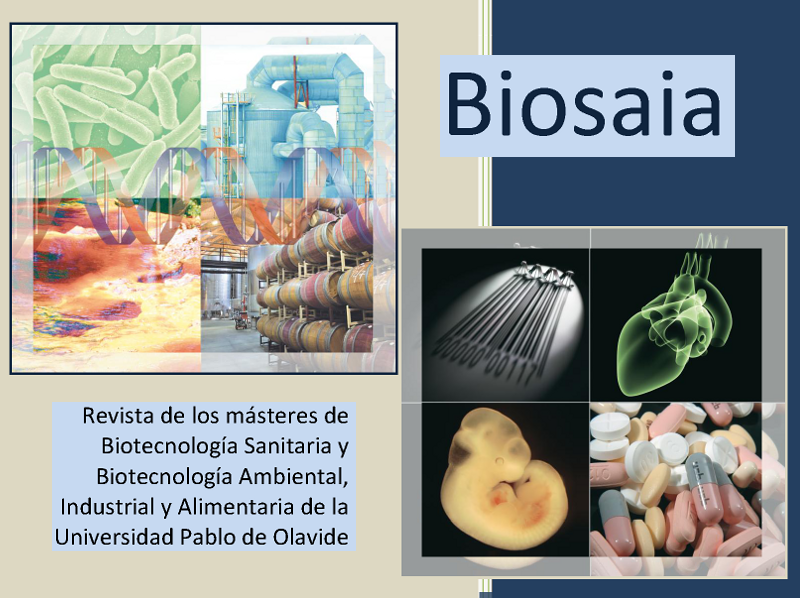Defects in female fertility due to mutations in cohesins
Palabras clave:
meiosis; Schizosaccharomyces pombe; cohesins; Pds5Resumen
Meiosis is a fundamental process in the improvement of genetic diversity, thus allowing the generation of new allelic combinations.This process consists of two consecutive rounds of nuclear divisions, known as meiosis I (MI) and meiosis II (MII), which ensure the correct distribution of chromosomes from diploid parental cells to haploid gametes (León-Periñán & Fernández-Álvarez., 2020). Throughout this process, cohesion is required to hold sister chromatids together until their separation in anaphase. Cohesion is created by subunit complexes of multiple proteins called cohesins; these proteins are essential for chromosome structure and segregation during meiosis. To date, several studies link defects in cohesins to female infertility. The model organism Schizosaccharomyces pombe is used to study the molecular mechanisms related to cohesins. During meiotic prophase, chromosome oscillations driven by cytoskeletal forces aim to move chromosomes to promote recognition and pairing between homologues and defects in these events lead to negative impacts on chromosome segregation (Hopkins et al., 2014). To observe these events, the functions of some proteins or factors involved in the behavior of cohesins such as the Pds5, Rec8 or Rec7 proteins have been studied. Different studies agree that the Pds5 protein determines the binding of cohesin to chromosomes, controls the binding capacity of sister chromatids and participates in gene expression (Misulovin et al., 2018). In order to observe the impact of this protein, S. pombe strains with a deletion in the Pds5 gene are studied by fluorescence microscopy using the DeltaVision microscope. As results, altered chromosome oscillations and segregations have been obtained in Pds5 mutants with respect to controls without this type of mutation, which could be extrapolated to a nefarious meiotic process in this context. In short, our results position Pds5 as a marker that can anticipate small fertility failures in women.
Descargas
Citas
Jessica Hopkins, Grace Hwang, Justin Jacob, Nicklas Sapp, Rick Bedigian, Kazuhiro Oka, Paul Overbeek, Steve Murray, & Philip W Jordan. (2014). Meiosis-Specific Cohesin Component, Stag3 Is Essential for Maintaining Centromere Chromatid Cohesion, and Required for DNA Repair and Synapsis between Homologous Chromosomes: e1004413. PLoS Genetics, 10(6). https://doi.org/10.1371/journal.pgen.1004413
Misulovin, Z., Pherson, M., Gause, M., & Dorsett, D. (2018). Brca2, Pds5 and Wapl differentially control cohesin chromosome association and function. PLoS Genetics, 14(2), e1007225–e1007225. https://doi.org/10.1371/journal.pgen.1007225
León-Periñán,D., Fernández-Álvarez, A.(2020). Identification of a meiosis-specific chromosome movement pattern induced by persistent DNA damage. bioRxiv.doi: https://doi.org/10.1101/2020.07.23.218016
Descargas
Publicado
Cómo citar
Número
Sección
Licencia
Derechos de autor 2021 Biosaia: Revista de los másteres de Biotecnología Sanitaria y Biotecnología Ambiental, Industrial y Alimentaria

Esta obra está bajo una licencia internacional Creative Commons Atribución-NoComercial-CompartirIgual 4.0.





